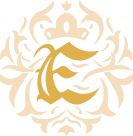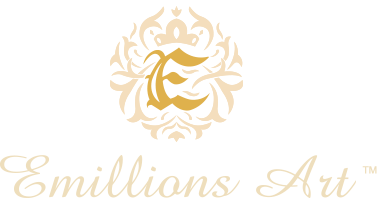An “authenticity assessment” refers to a scholarly and systematic examination conducted by experts to determine whether a work of art is a genuine creation of the artist it is attributed to. This process is crucial to art historical research and connoisseurship and involves a comprehensive and multidisciplinary approach.
Key elements of an authenticity assessment include:
Stylistic Analysis: Experts closely examine the stylistic characteristics of the artwork, comparing it to the known body of work by the artist. They evaluate elements such as the composition, technique, brushwork, color palette, and overall artistic style. Consistency with the artist’s established oeuvre is a primary focus.
Provenance and Documentation: The history of ownership and the documented provenance of the artwork are scrutinized to establish an unbroken chain of custody. A solid provenance can lend credibility to the work’s authenticity.
Scientific and Technical Analysis: When necessary, scientific methods and technical analysis can be employed. This may involve using various tools, such as ultraviolet (UV) and infrared (IR) imaging, radiography, pigment analysis, and dendrochronology (tree-ring dating) to examine materials, underdrawings, and alterations. These techniques can unveil hidden details or anomalies that may indicate authenticity or forgery.
Signature and Inscriptions: The signature and any inscriptions on the artwork are examined for consistency with the artist’s known handwriting and use of materials. Inconsistencies or anomalies in these elements can raise suspicions.
Historical Context: Art historians research the historical context in which the artwork was created. They consider the artist’s biography, the art movements and trends of the time, and any documented references to the specific work in question.
Connoisseurship: Connoisseurship, the expertise acquired through years of studying and evaluating art, plays a pivotal role in authenticity assessment. Seasoned experts rely on their keen eye, intuition, and extensive knowledge of an artist’s body of work to form judgments about the authenticity of an artwork.
Comparative Analysis: Comparisons are made with known and authenticated works by the same artist or from the same period. This involves an evaluation of similarities or divergences in style, subject matter, and technique.
Expert Opinions: The assessment may involve consultation with other recognized experts in the field, who can provide additional insights and corroborate the findings.
Scholarly Research: Art historians often conduct extensive archival and scholarly research to uncover historical records, correspondence, exhibition catalogs, and other documents that could shed light on the artwork’s history and attribution.
The outcome of an authenticity assessment can vary, resulting in one of several determinations: genuine, questionable, misattributed, or outright forgery. The process of authenticity assessment is essential not only for establishing the legitimacy of artworks but also for contributing to the body of art historical knowledge and ensuring the integrity of the art market.



